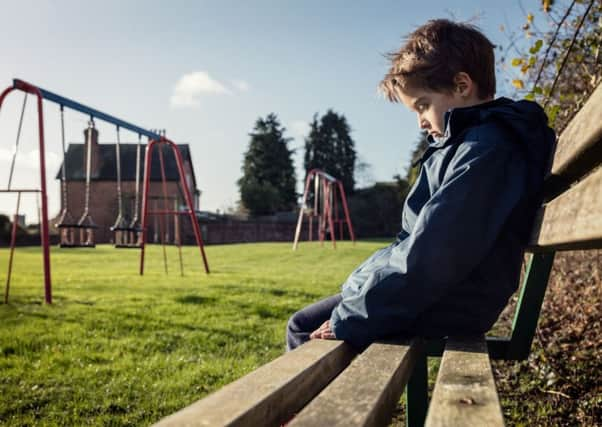Jonathan Wood: Pilot scheme will include mental health training for student teachers


When a 12-year-old boy told his parents he was being woken up by terrible dreams and his teachers reported that he was becoming withdrawn and unresponsive in class after a couple of years as top student, it was difficult for all concerned not to think this was some kind of mental health issue. There seemed to be no obvious cause. No-one around him was victimising or bullying him; there had been no changes in his supportive and loving family. Perhaps this was the start of an adolescence that the boy seemed unable to navigate, and one that had taken everyone else by surprise.
Added up, that surely meant he needed mental health support. He was referred to CAMHS, and in the long waiting time, to his GP, who prescribed a mild anti-depressant. No-one thought to make time to talk to him; they felt out of their depth: better leave it to the experts. Anyway he was hard work, rude and defensive. At home there were tears and recriminations; at school, there were sanctions.
Advertisement
Hide AdAdvertisement
Hide AdWhen Place2Be’s School Manager met the boy, he was no keener to talk to us than to anybody else. Instead, we arranged to meet with the important people in his life – his teachers and his parents. The teaching staff we met spoke about managing him in a busy classroom – how sometimes he was so disruptive that he had to be excluded from class. They couldn’t understand it. He had been an A-grade student.


From them we learnt more about the friends he had – mostly girls: the more extroverted, emotional girls. As they talked, they realised that he had been shunning his male peers. From his parents, we learnt that family life was stable; he had a younger brother he was fiercely protective of. They were an orderly family – everything had its place; there were right and wrong ways to do things; there were social norms that they aspired to – a good education, a good job, a good marriage. They had factored in adolescence but this was beyond them. They too were out of their depth – therefore it was most likely a medical matter.
Opening up the discussion with teachers and parents, it was possible to introduce new ways of thinking about the challenging situation they found themselves in. So what to do? The boy was not ready to talk himself.
In school, the teachers decided to forgo the option of exclusion – he already felt excluded. Instead, they re-arranged classes to function in smaller groups, ensuring he was in predominantly female groups, but with at least one other male they considered empathic.
One day the boy himself knocked on the door of the Place2Be office. “I need to talk about some stuff,” he said.
According to a recent study conducted by SAMH*, 63 per cent of teachers in Scotland don’t feel they received sufficient training in mental health to allow them to carry out their role properly, and only one in 100 respondents recalled doing detailed work on mental health when they were student teachers.
Place2Be, in recognition of the increasingly challenging issues that appear in the classroom, and the lack of overall emphasis on both teacher support and teacher training around the issues of mental health and wellbeing , has recently launched a two-year Teacher Training Pilot Programme in partnership with two prestigious Scottish universities.
The partnership will embed specialist Place2Be clinicians into Moray House at The University of Edinburgh and The University of Stirling with the aim of bringing mental health expertise to both students and staff within the schools. It will offer training and consultancy, and crucially time to reflect, for student teachers and their tutors.
Advertisement
Hide AdAdvertisement
Hide AdWe hope that through this and other partnerships, we will be able to equip a new generation of teachers in Scotland with the skills and understanding to feel confident that they can promote good mental health and identify when pupils need specialist support. Only then will children and young people be able to get the help they need and deserve.
*’Going to be… well trained’ – SAMH survey on school staff training in mental health
For more information about Place2Be’s Scotland: https://www.place2be.org.uk/scotland
Jonathan Wood, National Manager for Scotland and Wales, Place2Be